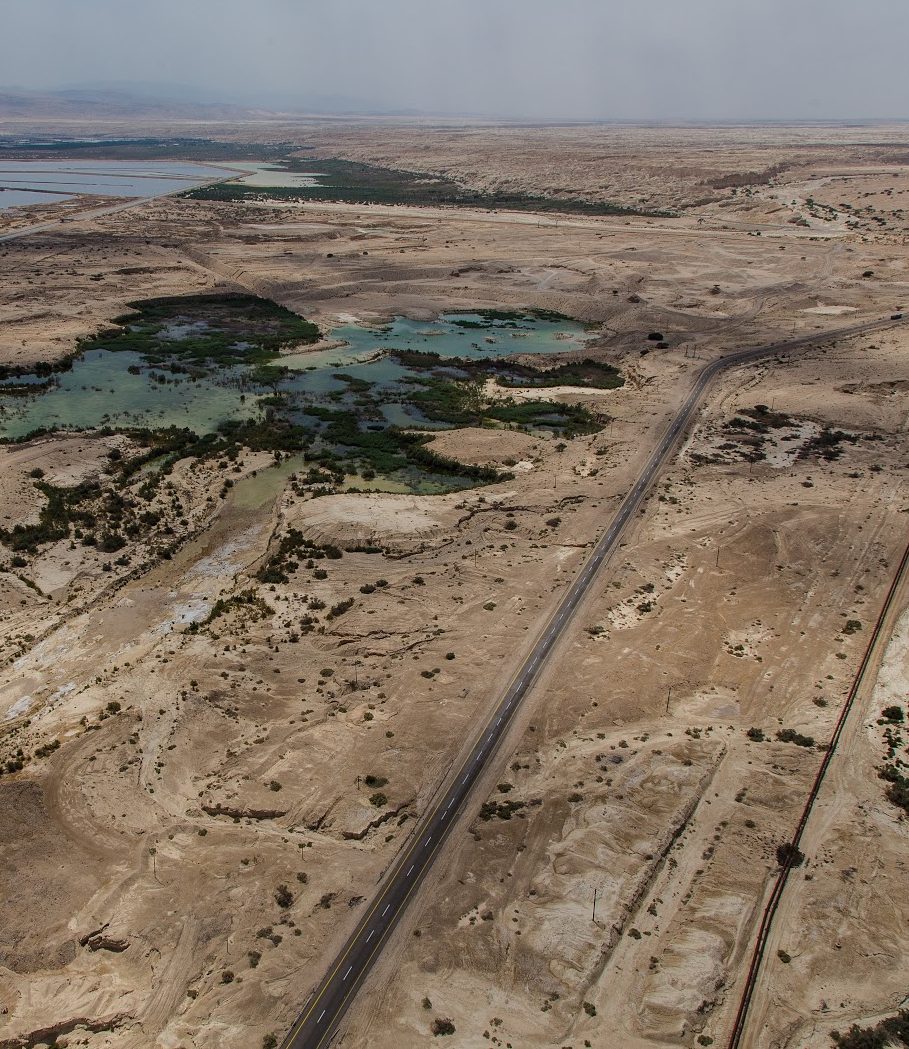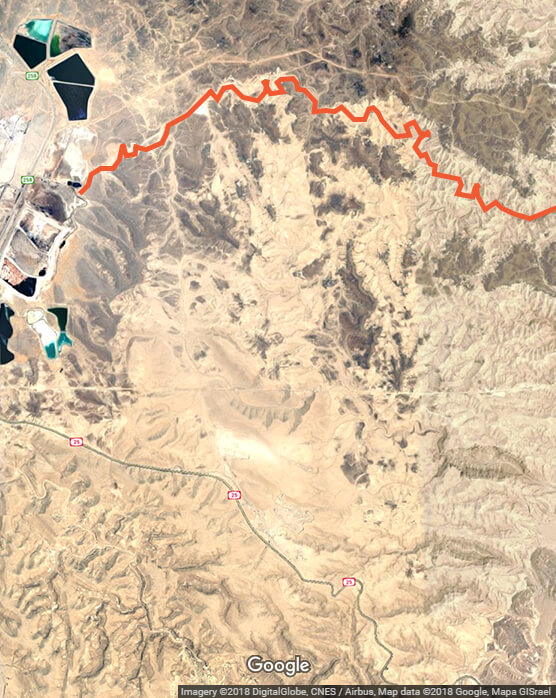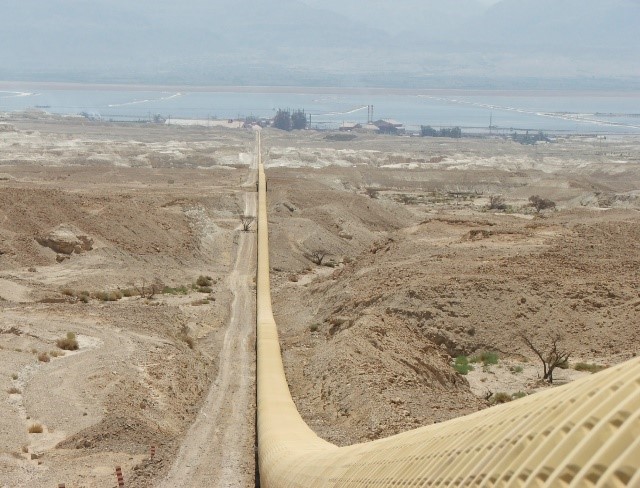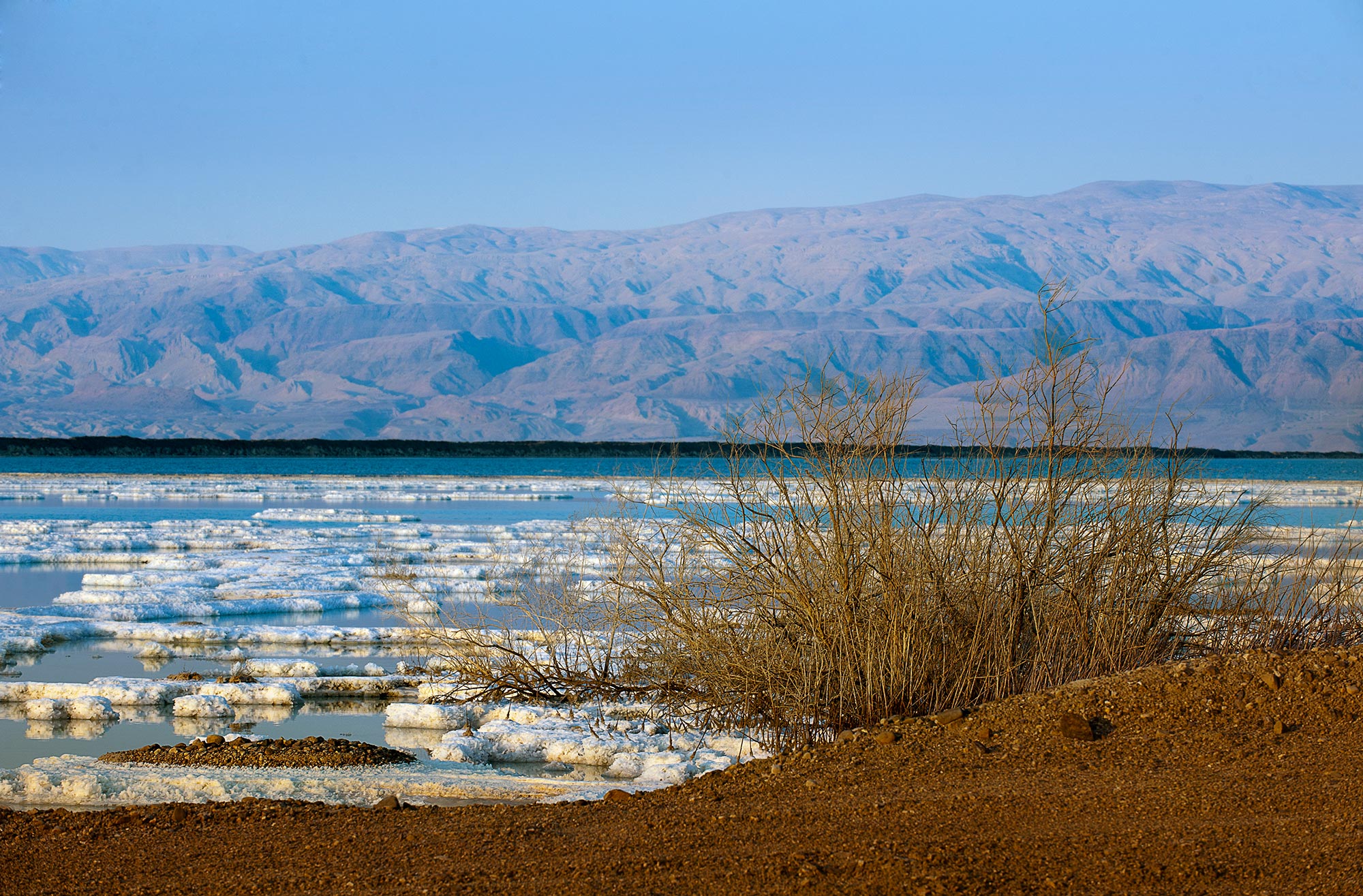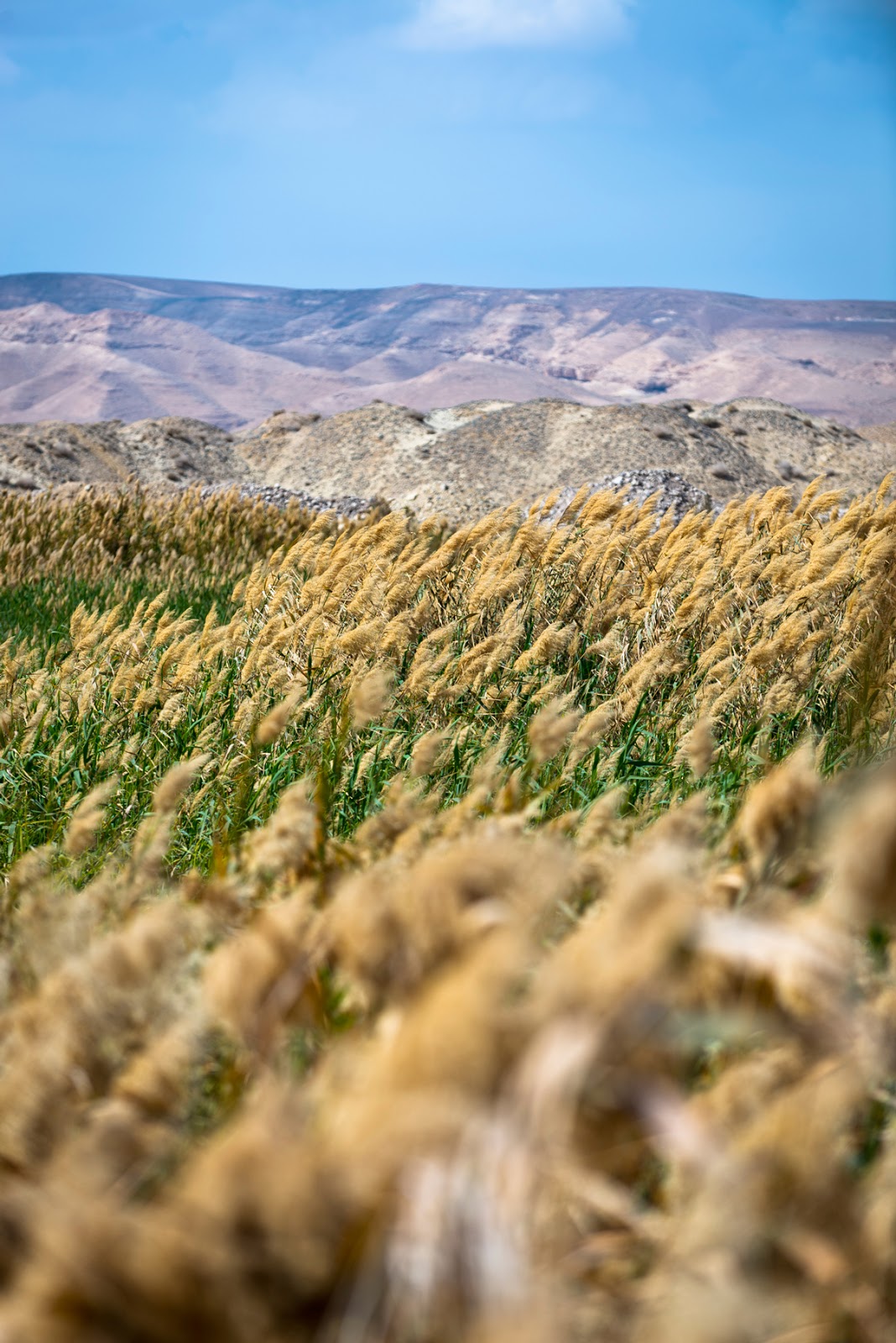Biodiversity
ICL is careful to consider environmental factors when using land and when it engages in its operations, particularly in ecologically sensitive areas or areas with unique cultural value. It is committed to land reclamation during and following its mining process, as well as to enhancing biodiversity conservation through assessments, research and development and reclamation of mining sites after concluding its mining activities. ICL’s environmental management system includes measures intended to conserve nature and protect biodiversity. \
Mining can have an environmental and social impact. We are working to limit the negative effects of our mining activities and to protect the environment. As part of our effort to mitigate the effects of our mining activities and maintain biodiversity, representatives from the ICL mining sites participate in periodic ICL Biodiversity forums, where best practices and lessons learned from local Biodiversity initiatives are shared and discussed. Our sites in Israel and abroad are engaged with various academic institutes and NGOs on preserving and recovering biodiversity.
Site-specific biodiversity initiatives include (see further details in the sites sections, linked below):
- ICL Dead Sea works with various stakeholders on land reclamation and restoring natural resources in its concession areas, reducing light pollution and reducing invasive species.
- ICL Rotem had developed award-winning advanced mine reclamation methods, and is engaged in academic studies regarding ecological reclamation and biodiversity in reclaimed areas.
- ICL UK CPL maintains an annual biodiversity management plan and works continuously with different stakeholder groups to maintain the biodiversity on its grounds.
- ICL Iberia has been exploring different paths regarding management of their sites, including participating in various programs that support sustainable management in the areas around its mining sites.
- ICL China YPH JV, conducts effective mine rehabilitation with the involvement of the surrounding communities.
Key Principles in ICL’s Biodiversity Management Practices:

- Plan for all stages of ICL’s activities from planning, mining and production through use and end of life of the mining site.
- Prepare a biodiversity survey at the planning stage for all new projects at ICL.
- Use land under ICL management in a responsible manner.
- Identify and implement solutions, and technological means, for biodiversity conservation.
- Commit to preserving indigenous and endangered species.
- Cooperate with stakeholders and develop local and strategic partnerships to promote the issue.
- Allocate resources and knowledge to build organizational capacity and processes to implement a biodiversity policy.
- Track developments, monitor biodiversity performance and strive to develop effective parameters over the next several years.

